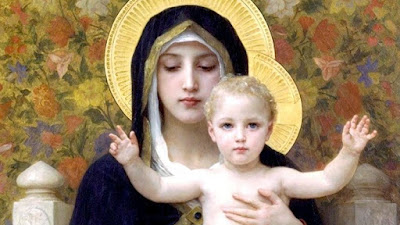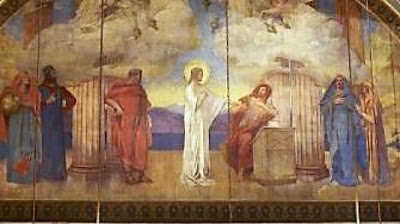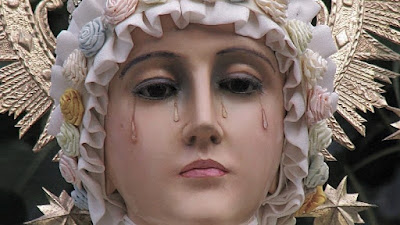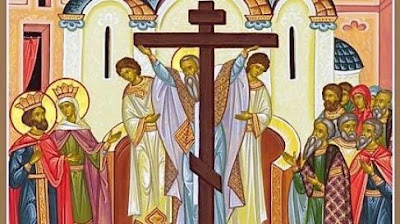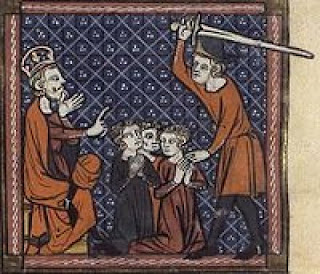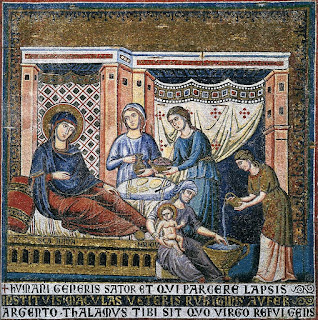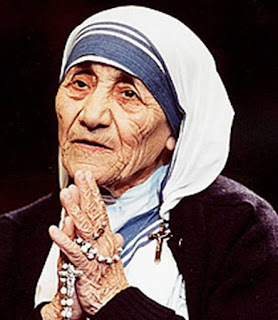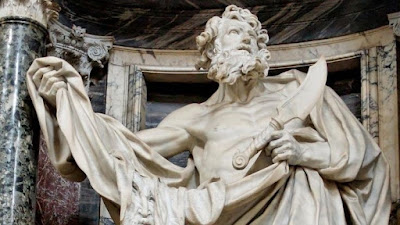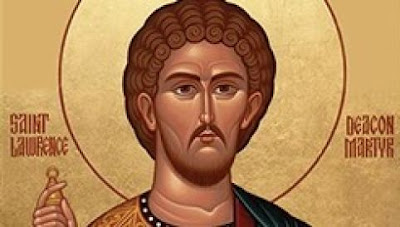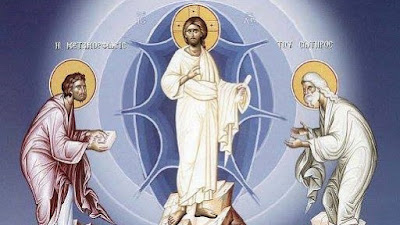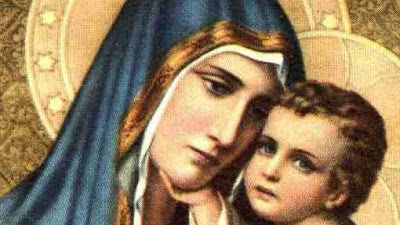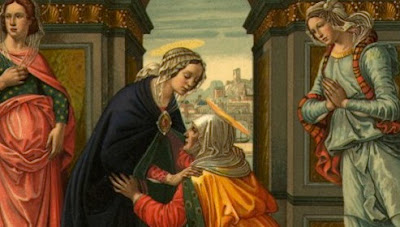Saint Luke, Missionary and Evangelist
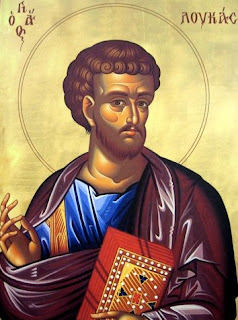
Saint Luke came from Antioch, was a practicing physician and one of the initial converts to Christianity. He accompanied Saint Paul, who converted him, on his missionary journeys and was still with him in Rome when St. Paul was in prison awaiting death. We hear no more of him afterward and nothing is known of his final years. The Church venerates him as a Martyr. The Gospel he authored is principally concerned with salvation and mercy; in it are preserved some of our Lord's most moving parables, like those of the lost sheep and the prodigal son. Dante calls St. Luke the "historian of the meekness of Christ." It is also St. Luke who tells us the greater part of what we know about our Lord's childhood (as relayed by Our Lady). The Evangelist considered his Gospel and the Book of Acts to be one account in two parts. In Acts of the Apostles, we follow Luke's journey in Christian ministry. Much of Acts is written in the third person. However, occasionally, Luke c

